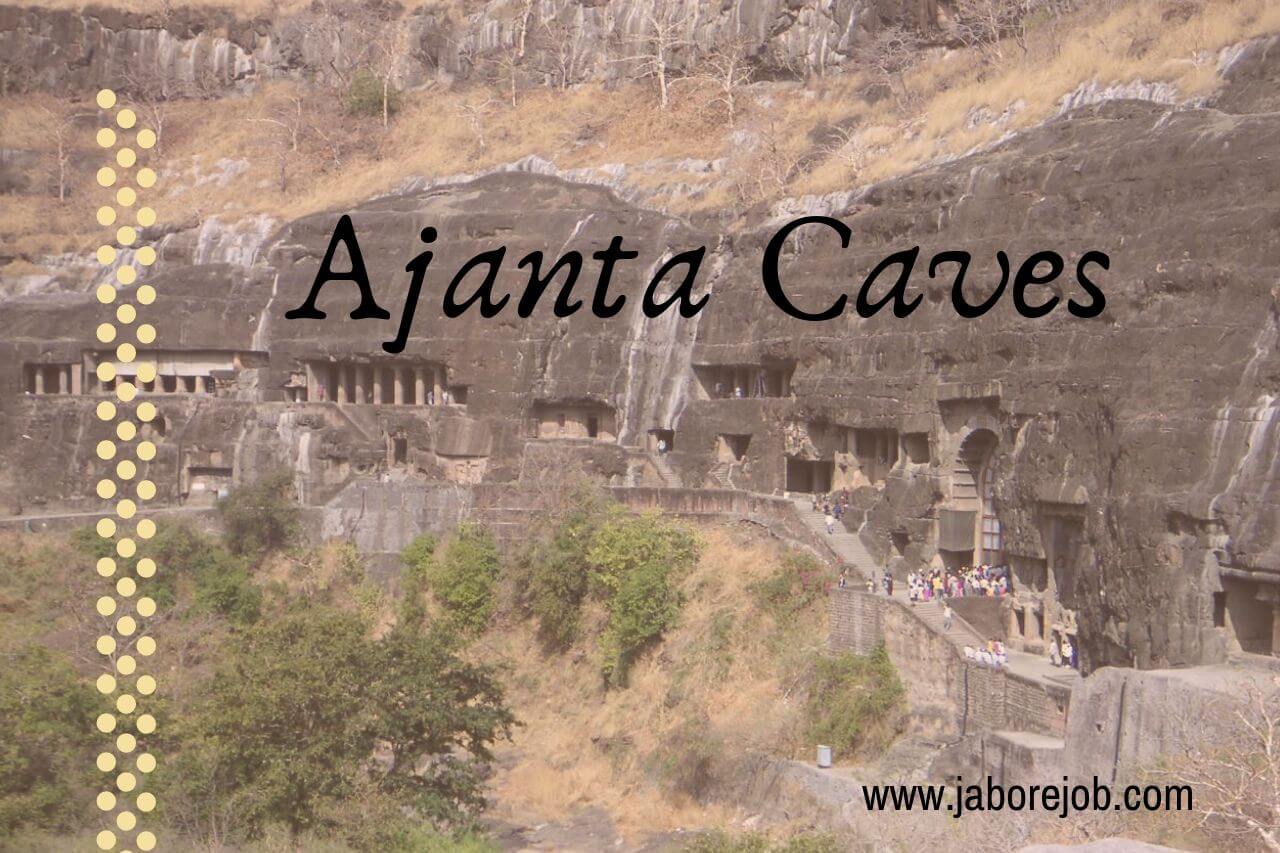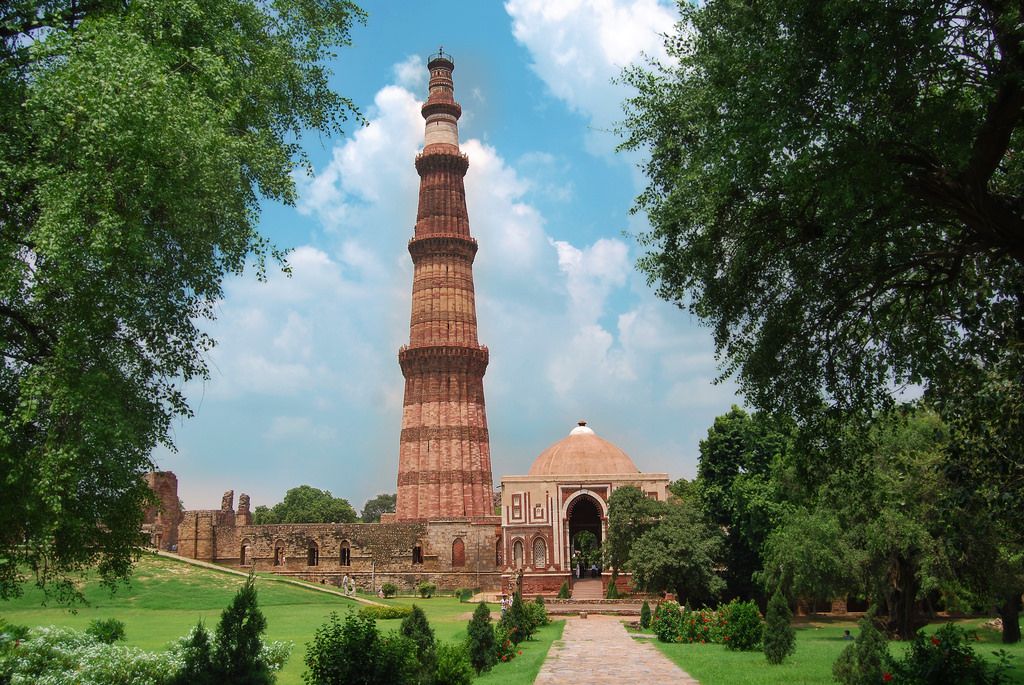Ajanta Caves are a group of Buddhist caves situated in Jalgaon district of Maharashtra which contains sculptures and painting narrating Buddha’s story.
Ajanta Caves are situated in Aurangabad in Maharashtra. These are basically 30 rock-cut caves that show sculptures and cave art of very ancient times.
In fact, these cave cuts are so old that they go back to the 2nd century BC to around 600 BC.
Ajanta Caves Information
| Location | – | Aurangabad district, Maharashtra |
| Area | – | 8,242 ha |
| UNESCO World Heritage Site inscription | – | 1983 |
| Architecture | – | Cathedral-style |
| It consists | – | 24 Buddhist viharas and 5 Hindu temples |
History of Ajanta Caves
The Ajanta caves contain some exquisite collection of paintings and sculptures belonging to the Buddhist religion and culture.
In fact, they are termed as masterpieces of Buddhist religious art. They are said to depict the “Jataka Tales”. Apart from the Jataka Tales they also depict the frescoes which are seen in the remaining of Sigiriya paintings of Sri Linka.
The caves can be divided into 2 groups. The first group consists of caves built in the starting of 2 BC while the second group constitutes of caves that were built around the end and somewhere around 600 BC.
These caves are protected by the Archaeological Survey of India and also come under the UNESCO World Heritage Sites since 1983. They are under the state of Maharashtra and come under the Jalgaon district.
Also, read about the Famous Monuments of India
The Ajanta caves were hidden from quite a time. In fact, they were rediscovered by modern civilization in 1819. It is open to the public now and is a major tourist attraction in Maharashtra.
Buddhist monks from all over the world come to see and verify the teaching of Buddha for them.
The Architecture of Ajanta Caves
The architecture of the Ajanta caves can be divided into 2 caves:
Cave 1
The cave one is built on the eastern side and is in the shape of a horseshoe. This cave is one of the oldest caves in Ajanta group of caves. Padmapani and Vajrapani are the two most famous sculptures of cave one Ajanta cave.
The carvings, sculptures, and facades are done on the ridges. The scenes that the sculptures depict are that of the story of the life of Buddha and other famous Buddhist monks who contributed their life to Buddhism.
The vestibules have become a necessity for the safety of the caves and are therefore preserved with time. The cave is full of pillared Moreover, it has three doorways.
Out of these 3 doorways, there is a central doorway while the rest two are side doorways. There are also many sculptures and paintings depicting the “Mudras” which are basically dance postures in Indian Classical Dance.
Cave 2
Cave two is more popular for its paintings which are spread all over the cave walls and ceilings. The cave two is divided into portions namely, the façade, the porch, the hall and most importantly the paintings.
Cave two is covered with paintings all over it except the floor. The paintings are exquisite pieces of art and are breathtakingly beautiful.
These paintings narrate the story of “Jataka” and are responsible to teach the people about Buddha’s life through various rebirths. The narratives are depicted in episodes.
The monks were required to walk through the whole cave to read these narrative paintings episodes on the walls and the ceilings.












